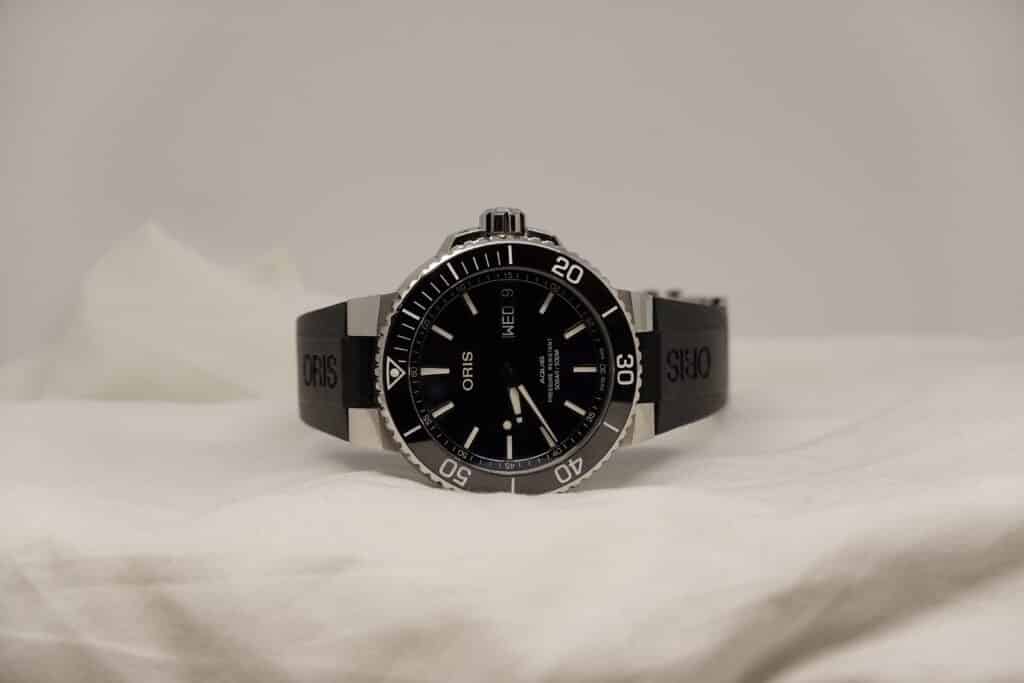European luxury retail profits shrank

Covid-19 has profoundly impacted retail industries across Europe elevating ‘digital’ to new heights across the entire customer journey, according to a report by Alvarez & Marsal (A&M), a leading global professional services firm that provides advisory, business performance improvement and turnaround management services.
The research contains insights drawn from a consumer panel of over 3,000 households across six European countries (the UK, Spain, Switzerland, France, Italy, and Germany) and analysis of over 250 European retailers, accounting for over 2 trillion euros worth of spending in 2019/20.
Figures show the retail pre-tax profit margins across six key European markets studied fell from 6.4 percent to 4.5 percent due to online shopping, suggesting as e-commerce penetration rises, margins fall.
The initial stages of the pandemic saw a seismic shift towards ecommerce throughout major European retail markets, as consumers embraced new paths to purchase goods and services. Online sales growth rose rapidly, with markets such as the U.K. seeing online penetration rates peak at almost 40 percent during 2020. Throughout the six regions the proportion of online sales rose from an average of 12.1 percent in 2019 to 14.8 percent in 2020.
For many businesses striving to remain relevant and survive the disruption, their transition will likely mean a challenging readjustment as business models are aligned with the ‘new normal’. Profitability will come under intense pressure as operating models that are disproportionately weighted towards physical channels struggle to rebalance costs as online accounts for a growing proportion of sales.
A&M’s research shows that just under a third of European consumers think their shopping habits will change permanently because of Covid-19, with a significant and permanent shift towards online shopping particularly for Apparel, Homewares and Electricals. In some countries such as the U.K., a permanent change in shopping habits rises to almost four in ten shoppers. The majority of consumers intend to continue to do more online shopping post-pandemic, but the extent will vary significantly between category, demographics and country.
For apparel, the magnitude of the online shift varies with consumer age group. Younger and middle-aged shoppers are more likely to permanently shift Apparel spending online compared to senior shoppers. Just 17.0 percent of over 65-year-olds expect to shift fashion spending online after the virus subsides, compared with 27.3 percent for 35 to 44-year-olds across the countries analysed.
As online momentum builds, online return volumes will inevitably rise – putting intense pressure on profit margins. The handling returns is what retailers call reverse logistics, of which the cost is inversely high. Shoppers have come to expect fast, inexpensive shipping, placing the financial burdens of delivery largely on the shoulders of retailers.
According to Quartz, “return rates vary by category, but in the case of clothing, shoppers may even buy multiple items with the intent of returning most. Every return carries expenses such as shipping, customer care, inspecting and sorting goods, sometimes repackaging and repairing them, storage, and sometimes liquidation. As e-commerce grows, the volume of returns keeps rising.”
The shift towards online will leave many retailers exposed with cost structures disproportionately weighted towards their physical channel, while facing rising variable costs as online accounts for a growing proportion of sales. Many retailers will be left with more physical outlets than they can commercially justify, often tied to inflexible lease structures which will inhibit their ability to pivot business models as quickly as they need.
Pure online retailers typically operate on considerably lower margins than multi-channel and brick-and-mortar business models. Analysis by A&M shows average pre-tax profit margins for pure online retailers across the key European markets analysed resided at 1.4 percent, compared with 5.4 percent for the total industry This reflects the difference in cost structures, business models and the price sensitivity of consumers, where transparency in price, service and quality places further downward pressure on margins.
A&M forecasts that an acceleration in online growth will lead to profit margins falling to 3.2 percent by 2025 for the six European countries analysed, compared with 3.7 percent for a ‘no Covid-19 impact’ scenario. Total profits will be 11 billion euros less by 2024/25, compared with the scenario where Covid-19 does not impact consumer behaviour for the six European countries analysed. Aggregated across the five-year forecast period, this amounts to c.35 billion euros in reduced profits across the key European countries analysed.
As the European retail industry undergoes a period of transformation, businesses need to adopt a more detailed and data-driven approach to profitability. The shift towards online will exert greatest pressure on store-dependent operating models, requiring businesses to align with more digital-centric customer journeys.
Credit Article CCP Luxury


Responses